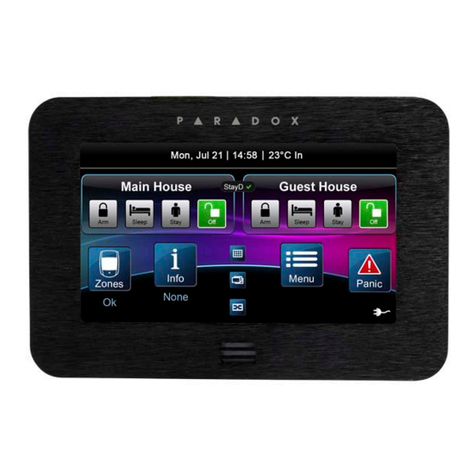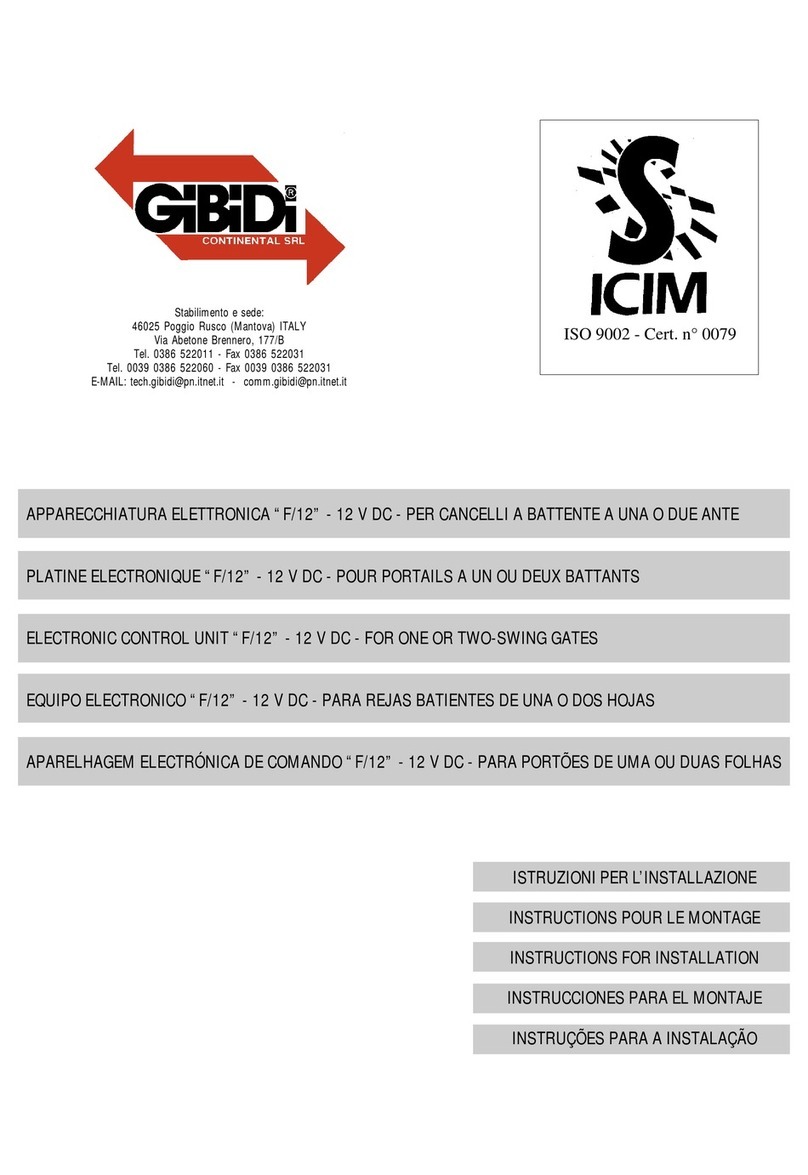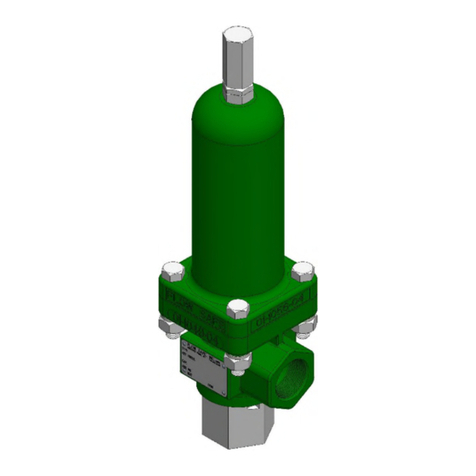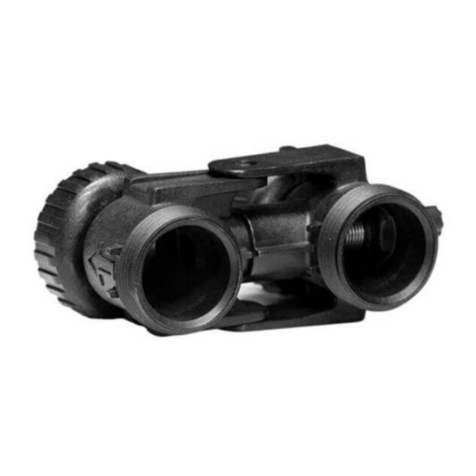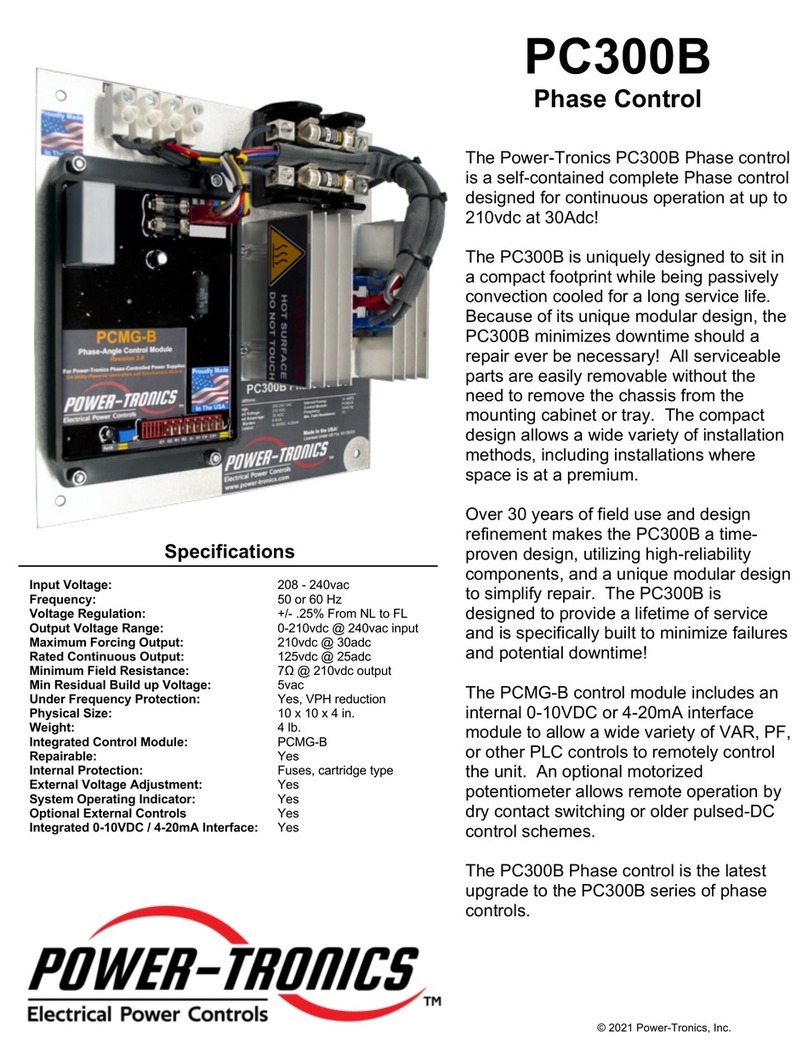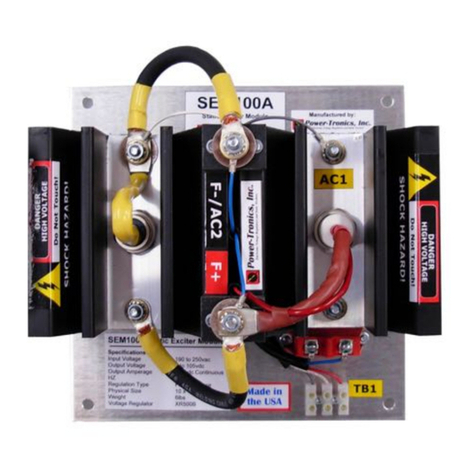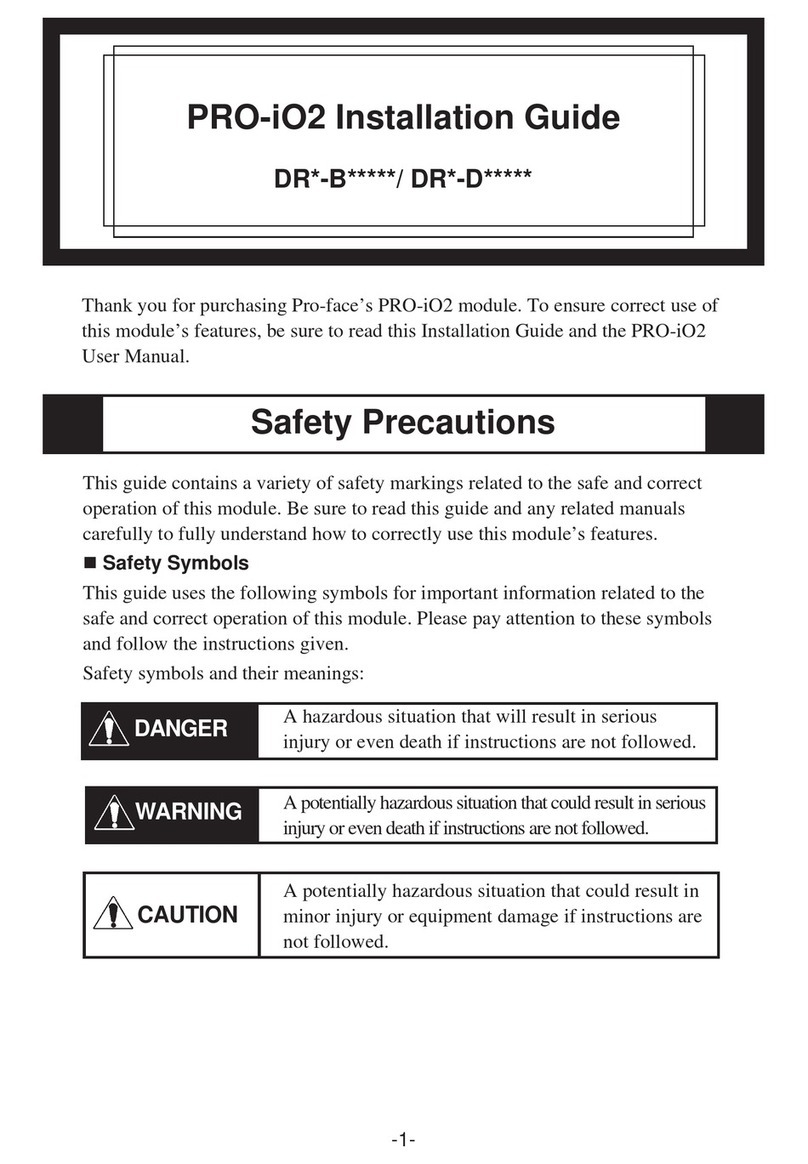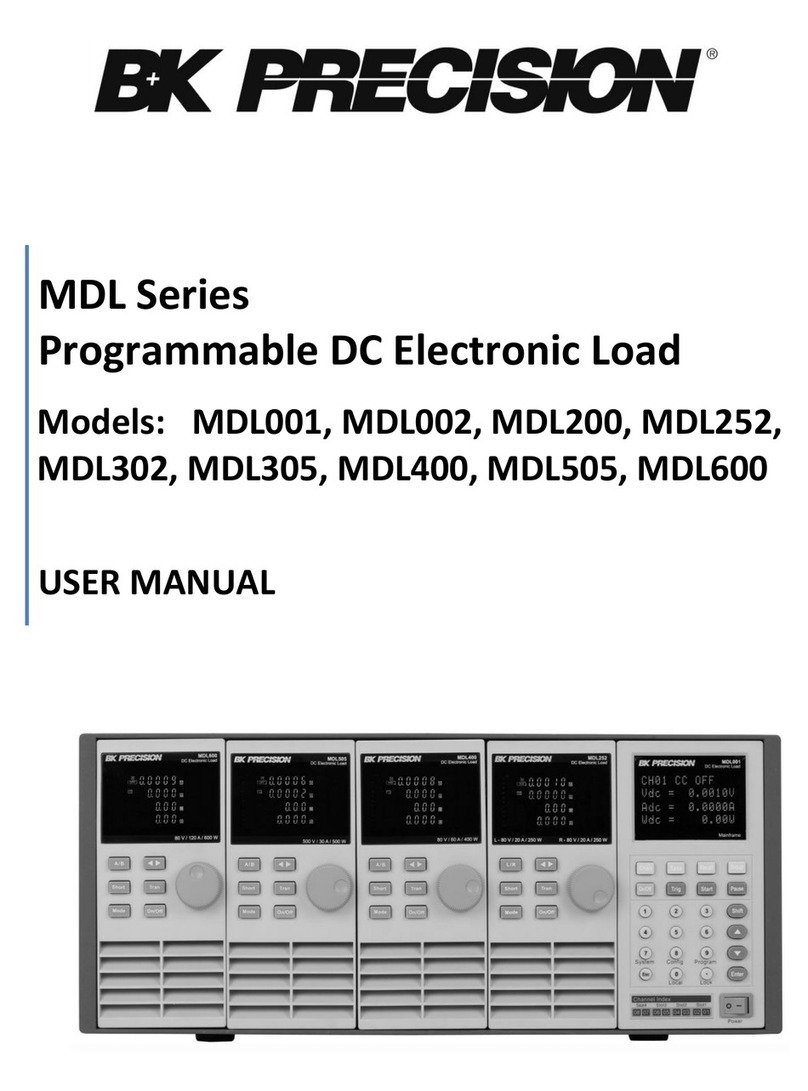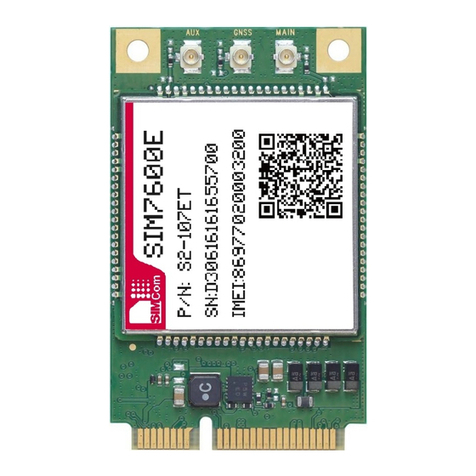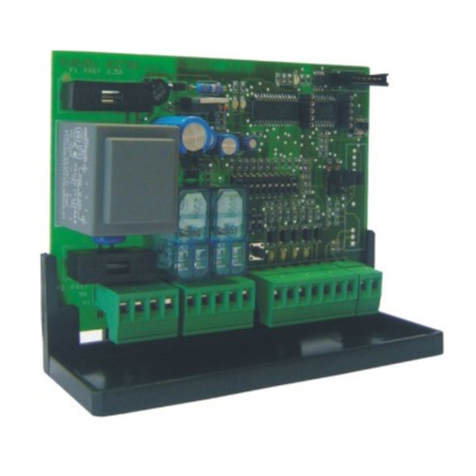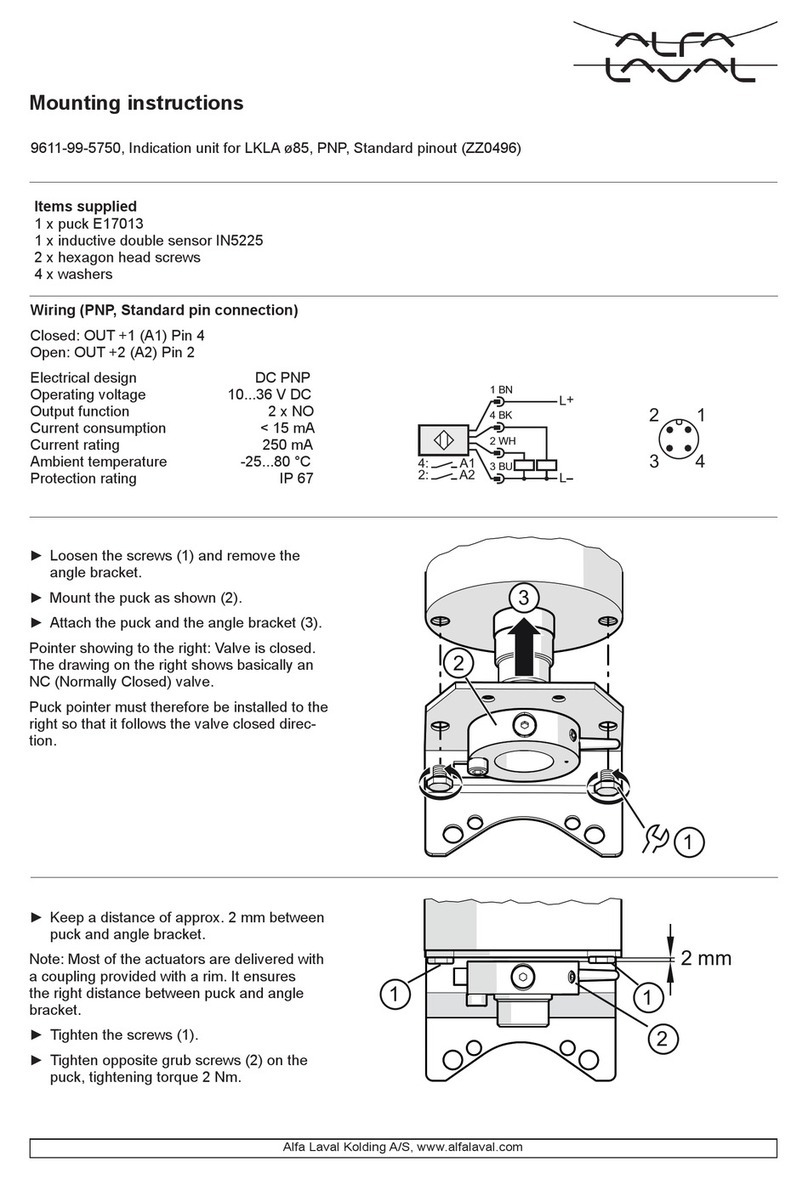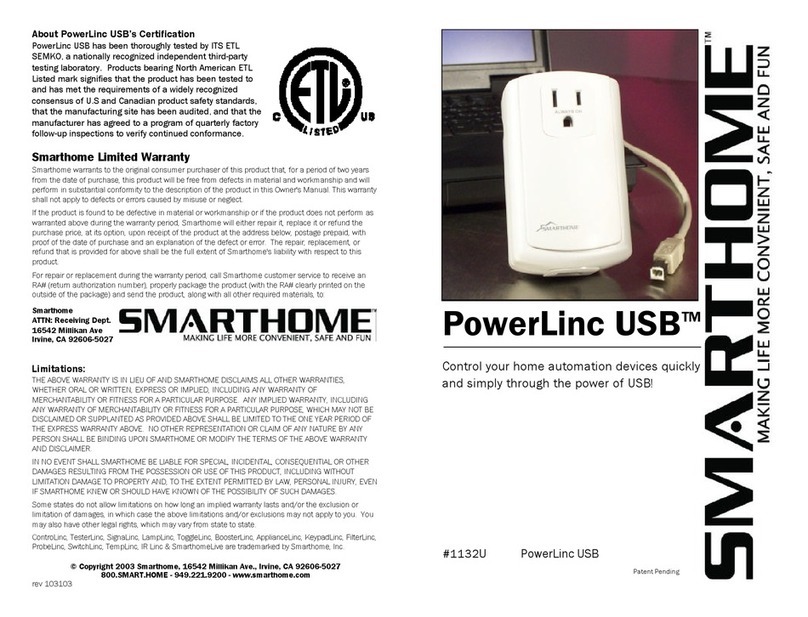MXCHIP EMW3239 User manual

Shanghai MXCHIP Information Technology Co., Ltd.
9th Floor, No.5, Lane2145 JinshaJiang Road Putuo District, ShangHai.(200333)Tel.: 021-52655026 Website: http://mxchip.com/
Track Number: AN0049EN
MXCHIP Co., Ltd
Version: 0.5
2016.12.8
Category: Application Note
Open
User Manual of EMW3239
Abstract
This document lists the consideration in each step during designing product with MXCHIP module. In order
to achieve rapid mass production, Users should be familiar with the document to pre-consider and avoid problems
effectively in designing, producing, programming and testing.
More Help
For more products information please visit: http://mxchip.com/
For more development data please go to MiCO developer bbs: http://mico.io/
For more Fogcloud data please go to Fogcloud developer center: http://easylink.io/
Copyright Notice
Mxchip copyrights this specification. No part of this specification may be reproduced in any form or
means(specially brand, type name, part number and pictures), without the prior written consent of Mxchip.

Application Note [Page 1]
Design Considerations of EMW3239
Version Record
Date
Version
Details
2016-9-23
0.1
Initial document
2016-9-29
0.2
Add reference circuit
Add description of pin function and design consideration
Add position figure of PCB
2016-12-2
0.3
Add Module downloading method
2016-12-6
0.4
Add module testing method
2016-12-8
0.5
Update format and other problem

Application Note [Page 2]
Design Considerations of EMW3239
Content
User Manual of EMW3239 ................................................................................................................................................1
Version Record....................................................................................................................................................................1
1. Introduction.................................................................................................................................................................4
2. Considerations in Hardware Design .........................................................................................................................6
MECHANICAL SIZE............................................................................................................................................62.1
REFERENCE PACKAGE DESIGN..........................................................................................................................62.2
DC POWER DESIGN ..........................................................................................................................................72.3
PIN FUNCTION ..................................................................................................................................................72.4
RF DESIGN .......................................................................................................................................................92.5
2.5.1 On-board PCB Antenna Design...........................................................................................................9
2.5.2 External Antenna............................................................................................................................... 10
ESD DESIGN................................................................................................................................................... 112.6
3. Downloading Firmware and Storage Test Method ................................................................................................12
PREPARATIONS................................................................................................................................................123.1
SWITCH SET UP IN DOWNLOADING MODE.......................................................................................................123.2
SYSTEM CONNECTION ....................................................................................................................................133.3
SERIAL PORT SELECTION ................................................................................................................................133.4
J-FLASH..........................................................................................................................................................133.5
J-FLASH SET UP..............................................................................................................................................143.6
TESTING.......................................................................................................................................................... 153.7
3.7.1 Environment Set Up .......................................................................................................................... 15
IMPORTANT STATEMENT ................................................................................................................................. 163.8
4. SMT ........................................................................................................................................................................... 17
STENCILS........................................................................................................................................................ 174.1
TEMPERATURE CURVE OF SECONDARY REFLOW.............................................................................................174.2
5. Mass Production Test and Product Update ............................................................................................................18
MODULE TEST ................................................................................................................................................185.1
5.1.1 Half Secondary Development of Firmware.......................................................................................18
5.1.2 Complete Secondary Development of Firmware ..............................................................................18
PRODUCT UPDATE ..........................................................................................................................................185.2
6. Technical Support.....................................................................................................................................................19
7. FCC Statement..........................................................................................................................................................20
Figure Content
Figure 1.1 Top View of EMW3239-P.................................................................................................................. 4
Figure 1.2 Top View of EMW3239-E.................................................................................................................. 4
Figure 2.1 Top View of Mechanical Size............................................................................................................. 6
Figure 2.2 Side View of Mechanical Size............................................................................................................ 6

Application Note [Page 3]
Design Considerations of EMW3239
Figure 2.3 SMT Package ..................................................................................................................................... 7
Figure 2.4 PCB Design........................................................................................................................................ 9
Figure 2.5 Minimum PCB ClearanceArea........................................................................................................ 10
Figure 2.6 Position of the Module..................................................................................................................... 10
Figure 2.7 Size of External Antenna..................................................................................................................11
Figure 3.1Switch Set Up.................................................................................................................................... 13
Figure 3.2Power Light....................................................................................................................................... 13
Figure 3.3 Name in Device Manager................................................................................................................. 13
Figure 3.4 Install J-Flash ................................................................................................................................... 14
Figure 3.5 J-Flash signature............................................................................................................................... 14
Figure 3.6 Target Interface Set Up..................................................................................................................... 14
Figure 3.7 MCU Set Up..................................................................................................................................... 15
Figure 3.8 Production Set Up ............................................................................................................................ 15
Figure 3.9 Position of Routers........................................................................................................................... 16
Figure 4.1 Stencils size...................................................................................................................................... 17
Figure 4.2 Temperature Curve of Secondary Reflow ........................................................................................ 17
Table Content
Table 2.1 Switch Mode........................................................................................................................................ 7
Table 3.1Device List.......................................................................................................................................... 12
Table 3.2Download Websites............................................................................................................................. 12

Application Note [Page 4]
Design Considerations of EMW3239
1. Introduction
This document lists the consideration in each step during designing product with MXCHIP module. In order
to achieve rapid mass production, Users should be familiar with the document to pre-consider and avoid problems
effectively in designing, producing, programming and testing.
Suitable module type:
EMW3239
Phase of attention:
Hardware design;
Firmware testing;
SMT;
Online update.
Basic Characteristics:
Each module has a unique MAC address;
PCB antenna and external antenna;
Support Bluetooth classic and BLE;
Maximum instantaneous current [email protected];
Testing mode inside;
OTA inside;
Secondary reflow soldering at SMT
Working temperature: -30℃to +70℃
EMW3239Top View
Figure 1.1 Top View of EMW3239-P
Figure 1.2 Top View of EMW3239-E
EMW3239

Application Note [Page 5]
Design Considerations of EMW3239
Module type Antenna type Illustration Manufacture
EMW3239-P On-board PCB
Antenna Default Dongguan Aosiya
Antenna Technology
Co.,Ltd
EMW3239-E IPEX brass pipe
Antenna Optional Dongguan Aosiya
Antenna Technology
Co.,Ltd
Antenna Parameter
Parameter EMW3239-E EMW3239-P
Antenna Type Brass pipe Antenna PCB Antenna
Frequency 2400-2500(MHz) 2400-2500(MHz)
Impedance 50ohm 50ohm
VSWR <2 <2
Antenna gain 2dBI 2dBI
Radiation pattern Omnidirectional Omnidirectional
Polarization Vertical Vertical

Datasheet [Page 7]
EMW3239
1.1 Pin arrangement
EMW3239 has 41 pins in two rows (1x20 and 1x21) with 0.8mm pitch. Stamp hole package interface design
is used in EMW3239 (as shown in figure 3) to simplify debugging and disassembling for developers, as well as
offering varied selection. Also it is benefit for SMT patch and hand-welding.
Solder mask openness has the same size with land. The width of steel mesh is suggested to be 0.12mm to
0.14mm in SMT.
Figure 4 PinArrangement
Figure 5 Package Size of EMW3239

Datasheet [Page 9]
EMW3239
1.2Pin Definition
1.2.1 EMW3239 Pin Definition
Pins Name Type I/O
Level Multi-select Function User
1 - - - NC
2 PB2 I/O FT GPIO BOOT1 √
3 - - - NC
4 PB15 I/O FT SPI2_MOSI GPIO TIM12_CH2 I2S2_SD √
5 PB12 I/O FT SPI2_NSS GPIO CAN2_RX I2S2_WS √
Table 1 Pin Definition of EMW3239

Datasheet [Page 10]
EMW3239
Pins
Name
Type
I/O
Level
Multi-select Function
User
6
PB13
I/O
FT
SPI2_SCK
GPIO
CAN2_TX
I2S2_CK
√
7
PB14
I/O
FT
SPI2_MISO
GPIO
TIM12_CH1
√
8
PC6
I/O
FT
UART6_TXD
GPIO
TIM3_CH1
I2S2_MCK
×DEBUG_OUT
(
Unusable
)
9
PA15
I/O
FT
GPIO
JTDI
TIM2_CH1
USART1_TXD
×(EasyLink)
10
VBAT
S
-
VBAT
×
11
-
-
-
NC
12
PC7
I/O
FT
UART6_RXD
GPIO
TIM3_CH2
I2S2_CK
×DEBUG_IN
(
Unusable
)
13
NRST
I/O
FT
RESET
×
14
PC0
I
TC
GPIO
WAKEUP
√
15
-
-
-
NC
16
PC13
I/O
FT
GPIO
√
17
PB8
I/O
FT
I2C1_SCL
GPIO
TIM4_CH3
CAN1_RX
√
18
PB9
I/O
FT
I2C1_SDA
GPIO
TIM4_CH4
CAN1_TX
√
19
PB10
I/O
FT
GPIO
TIM2_CH3
I2S2_CK
√
20
GND
S
-
GND
×
21
GND
S
-
GND
×

Datasheet [Page 11]
EMW3239
Pins
Name
Type
I/O
Level
Multi-select Function
User
22
-
-
-
NC
23
-
-
-
NC
24
-
-
-
NC
25
PA14
I/O
FT
SWCLK
×
26
PA13
I/O
FT
SWDIO
×
27
PB3
I/O
FT
GPIO
TIM2_CH2
USART1_RXD
√
28
-
-
-
NC
29
PB7
I/O
FT
UART1_RXD
GPIO
TIM4_CH2
I2C1_SDA
√USER_UART_RX
30
PB6
I/O
FT
UART1_TXD
GPIO
TIM4_CH1
I2C1_SCL
√USER_UART_TX
31
PB4
I/O
FT
GPIO
JTRST
TIM3_CH1
√
32
-
-
-
NC
33
PA10
I/O
FT
USB_ID
GPIO
TIM1_CH3
√
34
PA5
I/O
TC
GPIO
ADC1_5
√
35
PA11
I/O
FT
USB_DM
GPIO
TIM1_CH4
UART1_CTS
√
36
PA12
I/O
FT
USB_DP
GPIO
TIM1_ETR
UART1_RTS
×(BOOT)
37
PB0
I/O
FT
GPIO
ADC1_8
×(STATUS)
38
PA4
I/O
TC
GPIO
ADC1_4
√
39
VDD
S
-
3.3V
×
40
VDD
S
-
3.3V
×
41
ANT
-
-
ANT
×

Datasheet [Page 12]
EMW3239
Illustration:
1. Pin 10, pin 39 and pin 40 should be connected to VDD 3V3, pin 20 and pin 21 should be connected to ground;
2. Pin 8 and pin 12 could only be used in secondary write, ATE or QC automatic detection;
3. Pin 29 and pin 30 is used as serial communication in bootloader mode for users;
4. S stands for power supply, I stands for input pins and I/O stands for input and output pins;
5. FT= 5V tolerant, The maximum voltage should be less than VCC when set as analog input/output or clock
oscillation circuit;
6. TC= 3.6V as convention input/output voltage;
7. SWD(pin 25, pin 26) is used to debug and download firmware instead of JTAG;
8. Pins are not available for users with signature “X”while pins with signature “√”is available for users;
9. For other information please contact technical support.

Application Note [Page 6]
Design Considerations of EMW3239
2. Considerations in Hardware Design
Mechanical Size2.1
Mechanical size of EMW3031(Unit: mm)
Figure 2.1 Top View of Mechanical Size
Figure 2.2 Side View of Mechanical Size
Reference Package Design2.2
Solder mask openness has the same size with land, as shown in figure2.3(Unit: mm)

Application Note [Page 7]
Design Considerations of EMW3239
Figure 2.3 SMT Package
DC Power Design2.3
Peak current of the module is approximately 360mA. DC/DC with maximum output current 600mA is
suggested as power supply. DC/DC is better than LDO in low power consumption.
Route should be particularly aware for DC/DC power supply. Compact element, excellent connection
between input and output ground, long distance between feedback signal and inductance and Schottky diode are
required for route. Details about the requirements should refer to the datasheet of DC/DC device.
Maximum output current and dissipate heat should be aware for the using of LDO. voltage drop is 1.7V when
voltage reduce from 5V to 3.3V. If the current is 300mA, power consumption is1.7V * 360mA=612mW,
PowerDisspation is a parameter on LDO datasheet which should be over 510mW (same methods are used to
calculate other input voltage).
The problem rate about final product would be reduced by fully consideration of power design.
Pin Function2.4
Set module in different mode by combo PIN 36(BOOT), PIN37(STATUS), PIN9(ELINK).
Table 2.1 Switch Mode
BOOT
STATUS
ELINK
FUNCTION
H
/
/
NORMALWORK
L
H
L
ATE
L
L
H
QC
L
H
H
BOOTLOADER

Application Note [Page 8]
Design Considerations of EMW3239
Relative contents of the module are sent by pin UART2_TX. Mobile phone could connect to internet and
have normal communication with app at NORMAL WORK. Module must in ATE mode when certificate with
SRRC, FCC, CE. MFG mode could be used in product storage test. Module must in BOOTLOADER mode when
update firmware by UART.
Reset pin
Pin 13 is reset pin triggered by low level voltage. Voltage must over 2.9V. Pin should be in dangling state
when it is not working. There is weak pull-up resistor inside. Please make sure the pin is in high level voltage
when the module is powered on.
SPI
Pin 4~7could be used as off-chip SPI port. Maximum transport rate could be 25Mbps with host and slave
mode, duplex mode and simplex mode.
I2C
Standard mode (100kbps), fast mode (400 kbps), high speed mode (1Mbps) is supported in I2C.
SWDIO/SWCLK
Module supports with one standard SED port without external pull-up or pull-down resistance. Pin 25 and
Pin 26 supports with online debugging and upgrading with J-FLASH or used as GPIO.
GPIO
EMW3239 has 25group of GPIO that could be reused as other pins.
UART
Module has one current control UART communications and one normal UART communication. Pin 29
and Pin 30 are used as serial port of users (Test information, download and communication). Pin 8 and Pin 12
is debugging ports (running log print). Please make sure Wi-Fi RX and TX is connected to host RX and TX.
VBAT
VBAT supports for RTC,PIN10 is clock source which requires power supply 3.3V. External output
compensation calibration in 512HZ could be used in RTC. RTC has programmable alarm and programmable
period interruption wake-up from stop mode to standby mode.
Power supply of EMW3239 is from 2.6V to 3.6V. Low voltage working mode is from 2.6V to 3.0V with
battery. Common working mode is from 3.0V to 3.6V. Rated power is only used as pressure test parameter.
Permanent damage would be caused if the device works in this condition.
Others
Pin floating is not allowed in EMW3239. Pin39 and pin 40 is power supply input that could be added a
10uF ceramic capacitors closing to two pins. Power supply is 2.6V to 3.6V. Module could be breakdown if
the voltage is over 3.6V.
Typical PCB design is shown in figure 2.6.
In order to make sure the antenna performance, sufficient clearance zone should be designed in the
antenna part. PCB part below antenna could be hollowed up. Copper, route, closing to metal element is not
allowed if the structure needed. P1 to P8 should connect to ground with copper.

Application Note [Page 9]
Design Considerations of EMW3239
Figure 2.4 PCB Design
RF Design2.5
2.5.1 On-board PCBAntenna Design
The main board PCB should be over 16mm far away from other metal components. Copper, route, closing to metal
element is not allowed if the structure needed. P1 to P8 should connect to ground with copper. PCB part below antenna
could be hollowed up.

Application Note [Page 10]
Design Considerations of EMW3239
Figure 2.5 Minimum PCB Clearance Area
In order to reduce the influence from metal components to PCB antenna and wireless signal, it is better to
mount EMW3239 on four parts.
Figure 2.6 Position of the Module
2.5.2 ExternalAntenna
Size of external antenna is shown in figure 2.7. Make sure the correct size with suppliers before buying the

Application Note [Page 11]
Design Considerations of EMW3239
connectors of antenna.
Figure 2.7 Size of External Antenna
ESD Design2.6
ESD level of the module: Human body model (HBM) is 2000V, charged device model (CDM) is 500V.
Position of ESD protected components should be reserved if the products require higher ESD requirement such as
pins connect to USB and SD-card.
EMI should be aware when the module operated by connecting external wire. Using shielding wire or
reserving common mode choke could avoid EMI.

Application Note [Page 12]
Design Considerations of EMW3239
3. Downloading Firmware and Storage Test Method
Preparations3.1
Table 3.1Device List
Device
Quantity
PC
1
Tools of downloading firmware
1
EMW3239
1
Micro USB
1
Downloading Software
1
Testing Software
1
Download website is shown in table 3.2.
Table 3.2Download Websites
Name
Function
Websites
FWUpdate
Download
http://pan.baidu.com/s/1kVEwnNh
MicoQcAutoCheck4.0
Test
http://pan.baidu.com/s/1kVEwnNh
CP210x_VCP_Windows
USB Drever
http://www.silabs.com/products/mcu/Pages/SoftwareDownloads.aspx
Firmware program is sent by FAE of MXCHIP or client which is 600K (application code). ‘Test.bin’
is shown in this note.
Switch set up in Downloading Mode3.2
3 switches on develop board of EMW3239 are shown in figure 3.1. Set Easylink as high, STATUS as high
and BOOT as L.

Application Note [Page 13]
Design Considerations of EMW3239
Figure 3.1Switch Set Up
Decompress file ‘CP210X_VCP_WINDOWS.ZIP’. 32 or 64 is based on the computer operating system. It could be checked from
device manager after installing.
System Connection3.3
Module connects to develop board of EMW3031 with USB. Green light D1 on the develop board enable
when connecting.
Figure 3.2Power Light
Serial Port Selection3.4
Find COM number of develop board connect to PC, such as COM4 in figure 3.3. (Note: Enhanced COM Port
must be used in serial number).
Figure 3.3 Name in Device Manager
J-Flash3.5
Install ‘Setup_JLink_V600i.exe’.

Application Note [Page 14]
Design Considerations of EMW3239
Figure 3.4 Install J-Flash
‘JFlash V6.00’ would be found after installing.
Figure 3.5 J-Flash signature
J-Flash Set Up3.6
Use ‘ALT+F7’or open ‘Options’then click ‘project settings’. Select ‘SWD’in Target Interface, ‘ST
STM32F412RG’in MCU, ‘Start application’in Production.
Figure 3.6 Target Interface Set Up
Table of contents
